1. SOLUTIONS FOR DEVELOPING HIGH PERFORMANCE SPORTS AND PROFESSIONAL SPORTS
The 2030 Strategy sets specific goals, which are: "High-performance sports maintain a position in the top 3 at the SEA Games and in the top 20 at the ASIADs; striving to achieve 5 to 7 gold medals at the ASIADs, medals at the Olympics and Paralympics; Men's football in the top 10 in Asia and Women's football in the top 8 in Asia". Orientation to 2045: "High-performance sports regularly maintain a position in the top 2 at the SEA Games, in the top 15 at the ASIADs and in the top 50 at the Olympics; Men's football in the top 8 in Asia and qualify for the World Cup; Women's football in the top 6 in Asia and qualify for the World Cup".
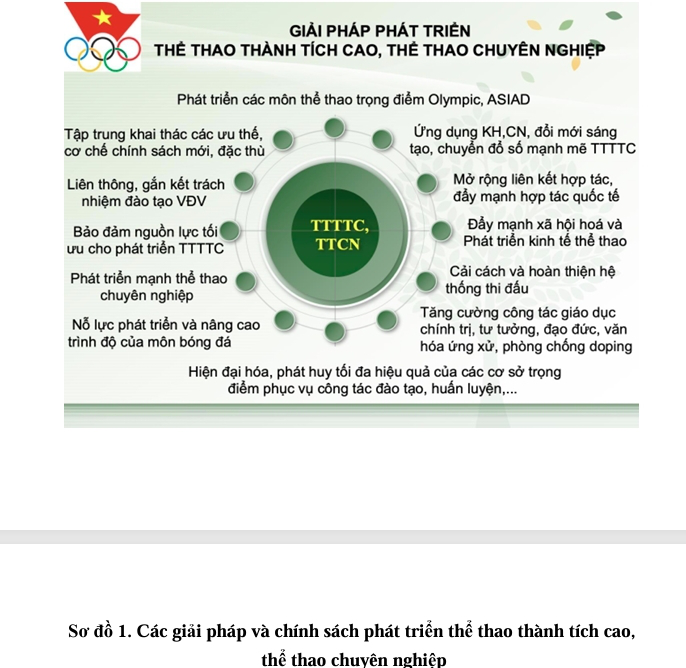
From the 6 main tasks and solutions for developing high-performance sports (HSP) and professional sports (PSP) in the 2030 Strategy, specific solutions towards successfully implementing specific goals are proposed in diagram 1.
2. BREAKTHROUGH SOLUTIONS TO IMPLEMENT THE PROGRAM TO DEVELOP KEY SPORTS IN PREPARATION FOR PARTICIPATION IN THE OLYMPICS AND ASIAD
2.1. Research and development (R&D) of athletes in key sports to prepare for the Olympics and ASIAD. Diagram 2.
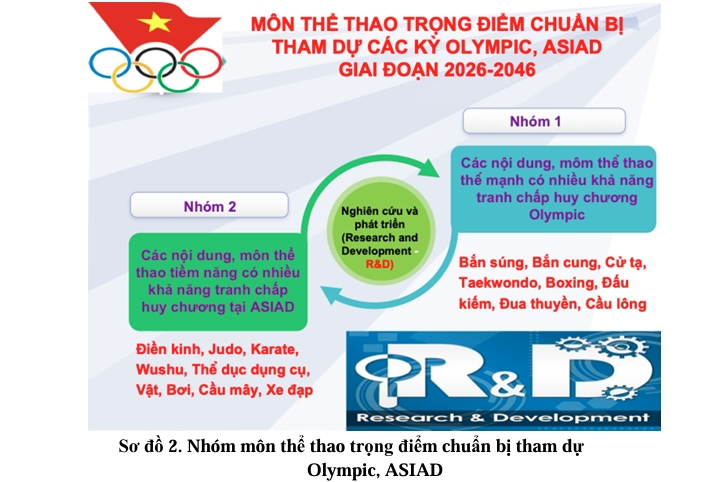
The 2030 Strategy sets out specific tasks and solutions, which are: "Urgently complete the grouping of sports, competition contents and athlete forces, ensuring that they are suitable to the strengths and conditions of our country and closely follow the world 's trends, contributing significantly to the implementation of the above goals and orientations; quickly develop appropriate and feasible mechanisms and policies on investment, resource mobilization, training, fostering, management, encouragement, care and treatment for each group of sports and athlete forces. Prioritize resources, key and specialized investment for the athlete force capable of winning ASIAD and Olympic medals". This solution requires research and selection of sports, competition contents and athlete forces... Research and Development (R&D) is considered an activity that promotes innovation capacity. R&D is used in the development of programs and tasks associated with the requirements for implementing the goals and tasks of developing sports. In the Program (draft) developed by the Department of Sports and Physical Training, the Planning and grouping of sports for focused and key investments are presented in diagram 2.
2.2. Solutions for applying science , technology, innovation and digital transformation Innovation in the field of high-performance sports is a bridge for science and technology to directly serve the development of high-performance sports, especially the top athletes of key sports preparing for the Olympics and ASIAD; thereby creating a breakthrough in improving the quality, effectiveness of training and sports achievements.
2.2.1. Comprehensive application of scientific solutions in developing key sports to prepare for participation in the Olympics and ASIAD
- Scientific solution in expertise: is the process of testing and evaluating the training level of athletes through each training stage in a systematic and scientific manner through pedagogical tests specific to the sport.
- Scientific solutions in biomedicine: is the process of applying modern scientific equipment systems to evaluate the ability to endure exercise through physiological and biochemical indicators during training, thereby making adjustments appropriate to the athlete's capacity at each training stage.
- Scientific solutions in psychology - education: is the process of using testing methods, measuring equipment in psychological diagnosis, neurological types to determine psychological training exercises for athletes; at the same time, using educational solutions for will, moral qualities and lifestyle for athletes to have a healthy state of mind.
- Scientific solutions for recovery: using modern scientific and technological equipment to provide biological indicators to assess fatigue and recovery in training and competition, using these means to overcome fatigue appropriately for each specialized sport.
- Scientific solutions on nutrition: applying nutritional regimens and nutritional supplements for athletes suitable for each sport and each time in a reasonable manner to improve the athletes' performance, especially using drugs and functional foods during training and competition.
- Scientific and technical solutions: applying modern conditions for training equipment and tools, using supplementary training equipment to improve athletes' capacity; using a system of modern scientific equipment in simulation, analysis, and evaluation of athletes' technical level.
- Scientific solutions for management: institutionalize the management activities of sports teams in a scientific manner; build a synchronous management system between state management units, public services and social organizations for sports teams.
- Scientific solutions on information technology: is a means through which managers can quickly and accurately see the current state of training and coaching in many aspects and in many time segments by applying information technology in the training and coaching process. Implementing scientific solutions in building a force of top athletes is always closely linked and indispensable to two areas: "Scientific assessment of athletes" and "Prevention of doping in sports".
2.2.2. Solutions for applying new technology and digital transformation in developing key sports to prepare for the Olympics and ASIAD
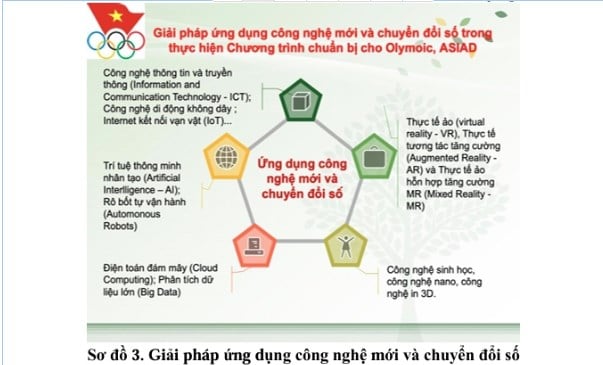
3. SOLUTIONS FOR INVESTING RESOURCES TO DEVELOP KEY SPORTS IN PREPARATION FOR PARTICIPATION IN THE OLYMPICS AND ASIAD
3.1. Solutions for investing in financial resources - Solutions for creating financial resources: Diagram 4. Solutions for creating financial resources - Solutions for perfecting specific financial policies and regimes
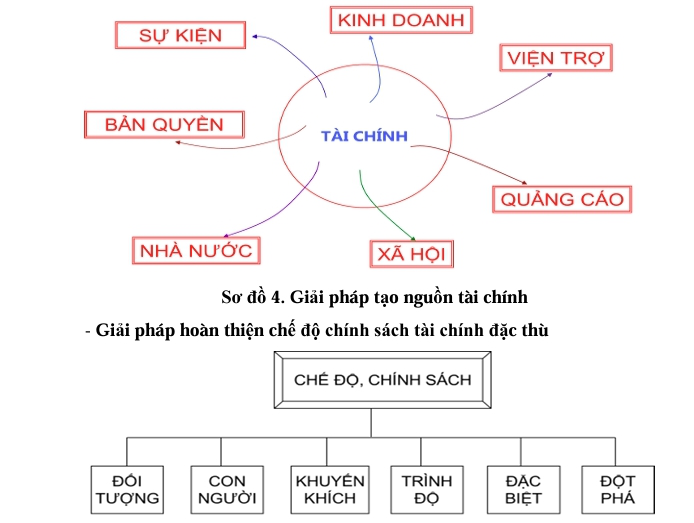
Diagram 5. Solutions to perfect specific financial policies and regimes.
3.2. Solutions for investing in sports infrastructure and technical resources. The 2030 Strategy sets out the following tasks and solutions:
- Effectively and in accordance with regulations, use budget resources to invest in construction, upgrading and modernization of training facilities, athlete training centers, national sports training centers, national sports complexes, and Rach Chiec sports complexes in Ho Chi Minh City according to decisions of competent authorities; complete the network of sports facilities and techniques of the military, police, education and training sectors, sports facilities serving athlete training and organizing sports competitions at the provincial level.
- Develop a plan and effectively implement the "Planning for the network of cultural and sports facilities for the period 2021 - 2030, with a vision to 2045". The planning for the network of cultural and sports facilities for the period 2021 - 2030, with a vision to 2045 (approved by the Government under Decision No. 991/QD-TTg dated September 16, 2024) aims to develop a national network of physical training and sports facilities that is synchronous and modern, meeting the training and enjoyment needs of the people; requiring training and competition to meet international standards for key sports, with the goal of winning continental and world medals; qualified to organize large-scale sporting events in the region and continent. By 2045, the national network of cultural and sports facilities will develop in a balanced manner, with reasonable spatial distribution, becoming a brand, representing an advanced culture with strong identity; forming works with strong cultural identity, symbolizing Vietnam's integration in the 21st century, becoming historical marks and heritage for the future.
3.3. Solutions for developing highly qualified human resources
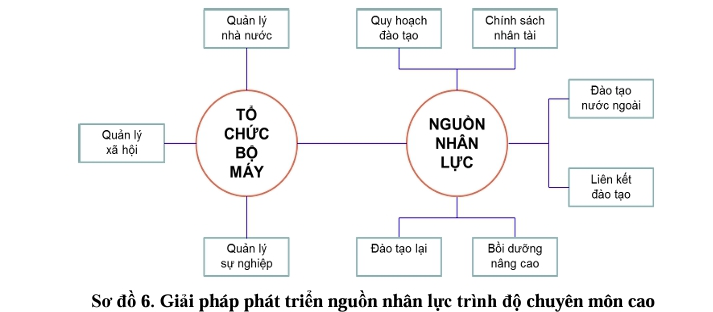
4. SOLUTIONS TO PROMOTE THE DEVELOPMENT OF KEY SPORTS IN PREPARATION FOR PARTICIPATION IN THE OLYMPICS AND ASIAD
4.1. Solutions to promote international cooperation
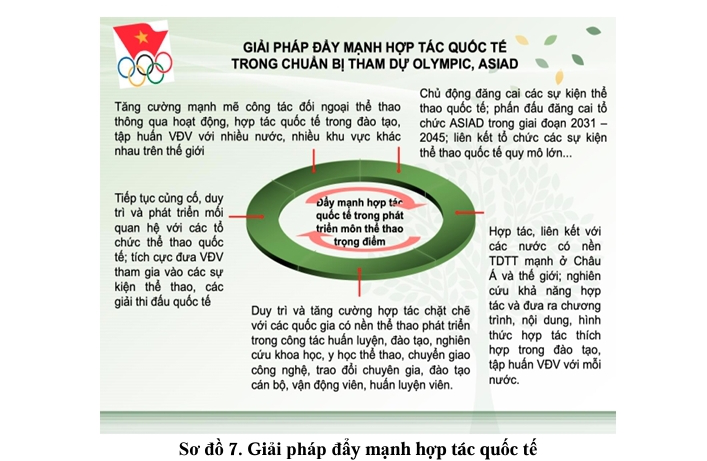
4.2. Solutions to promote socialization in developing key sports to prepare for the Olympics and ASIAD. With the importance of socializing sports, Conclusion 70-KL/TW sets out the following orientation: "Developing the sports market, promoting public-private cooperation, encouraging businesses, organizations and individuals to invest in building sports facilities, participating in organizing competitions, training athletes, coaches, referees and providing sports and physical education services...".
The 2030 Strategy has set a specific goal: "The number of national sports organizations will reach over 50 organizations with significantly improved operational efficiency" and the orientation to 2045: "Transferring most of the professional management activities to sports and physical education organizations".
From the above objectives, the 2030 Strategy identifies the following tasks and solutions: "... Perfecting policies to encourage socialization in a specific, appropriate and feasible direction; creating conditions for businesses, organizations and individuals, especially economic groups, to participate in investing in the construction and operation of large-scale sports facilities, organizing international sports events and supporting and sponsoring key sports teams and athletes. Promoting public-private cooperation, joint ventures and associations in investing, exploiting and operating sports facilities, organizing events, providing sports services...".
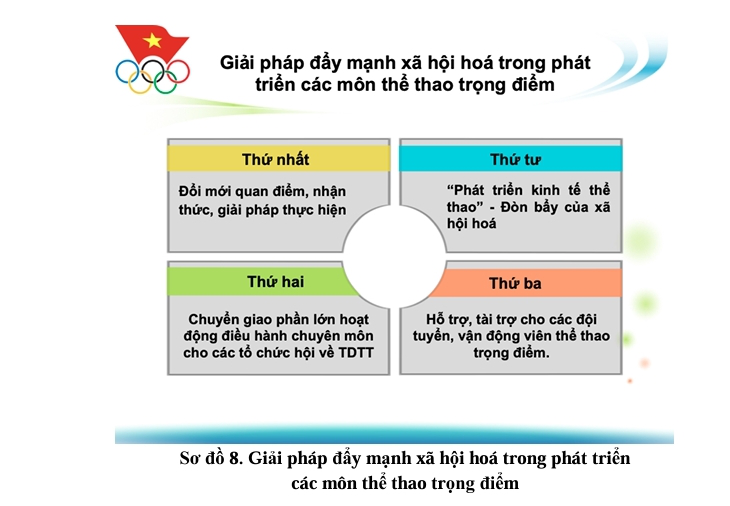
Diagram 8. Solutions to promote socialization in developing key sports
4.3. Solutions to promote sports economic development The 2030 Strategy identifies sports economic development as one of the five perspectives for developing Vietnam's sports and physical training: "Creating a favorable environment to promote sports economic development; maximizing the role of the non-public sector in most areas of physical training and sports activities".
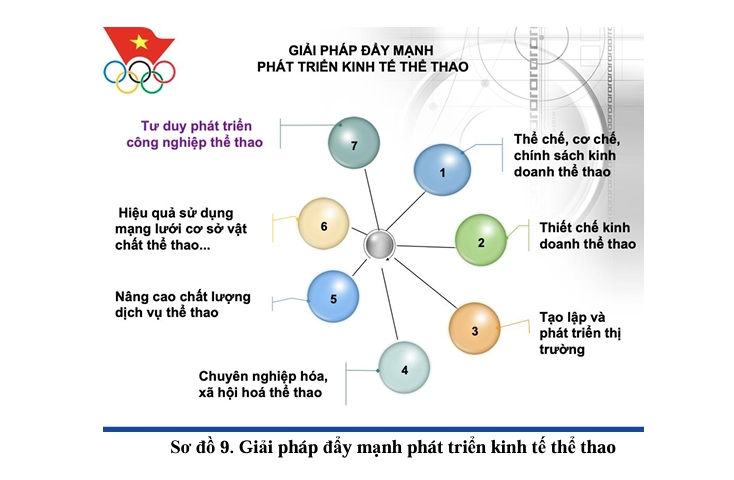
Source: https://bvhttdl.gov.vn/giai-phap-thuc-hien-chuong-trinh-phat-trien-cac-mon-the-thao-trong-diem-chuan-bi-tham-du-cac-ky-olympic-asiad-giai-doan-2026-2046-20250514143735833.htm


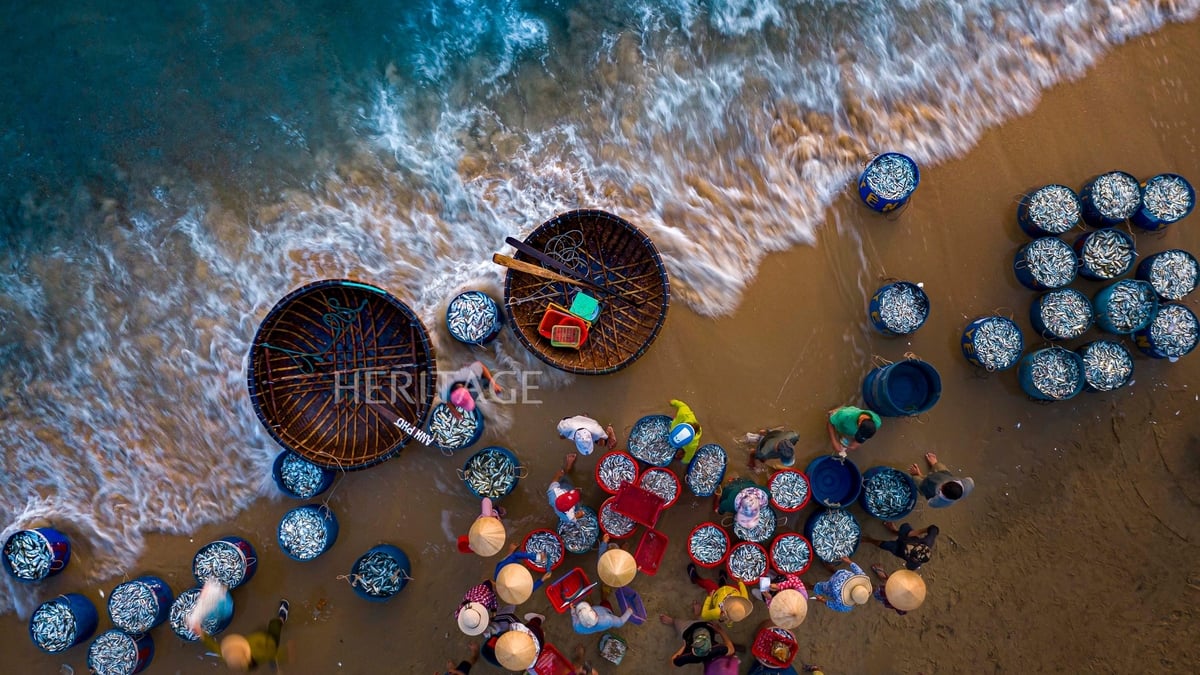

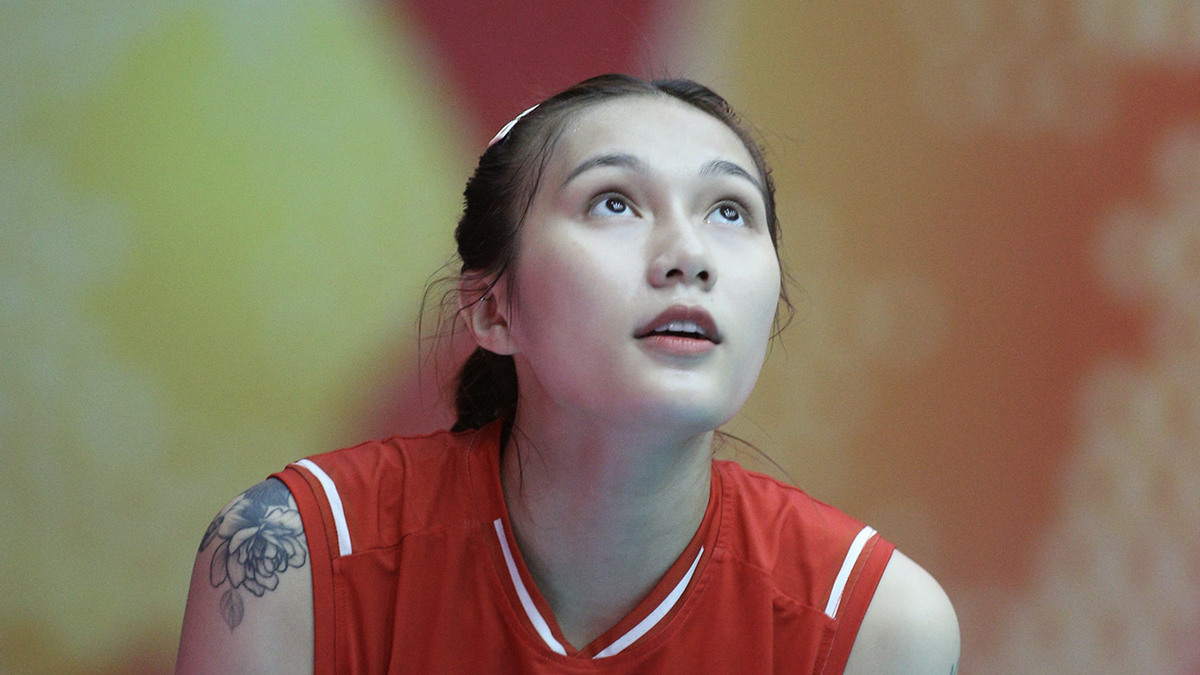
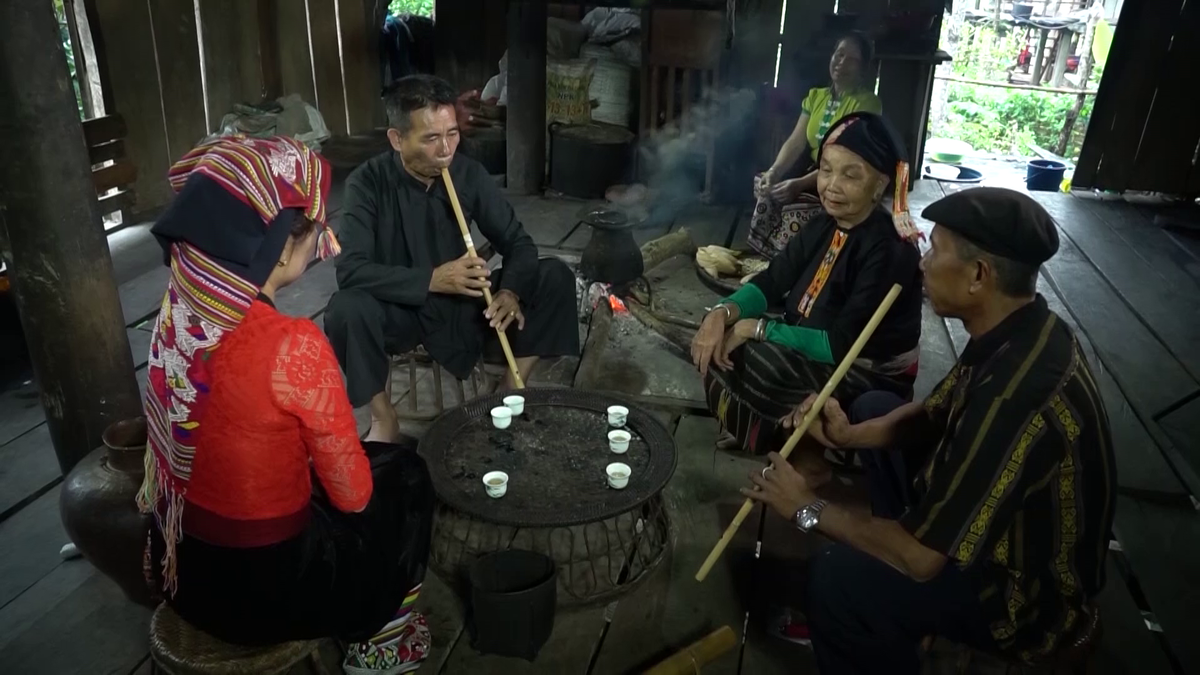
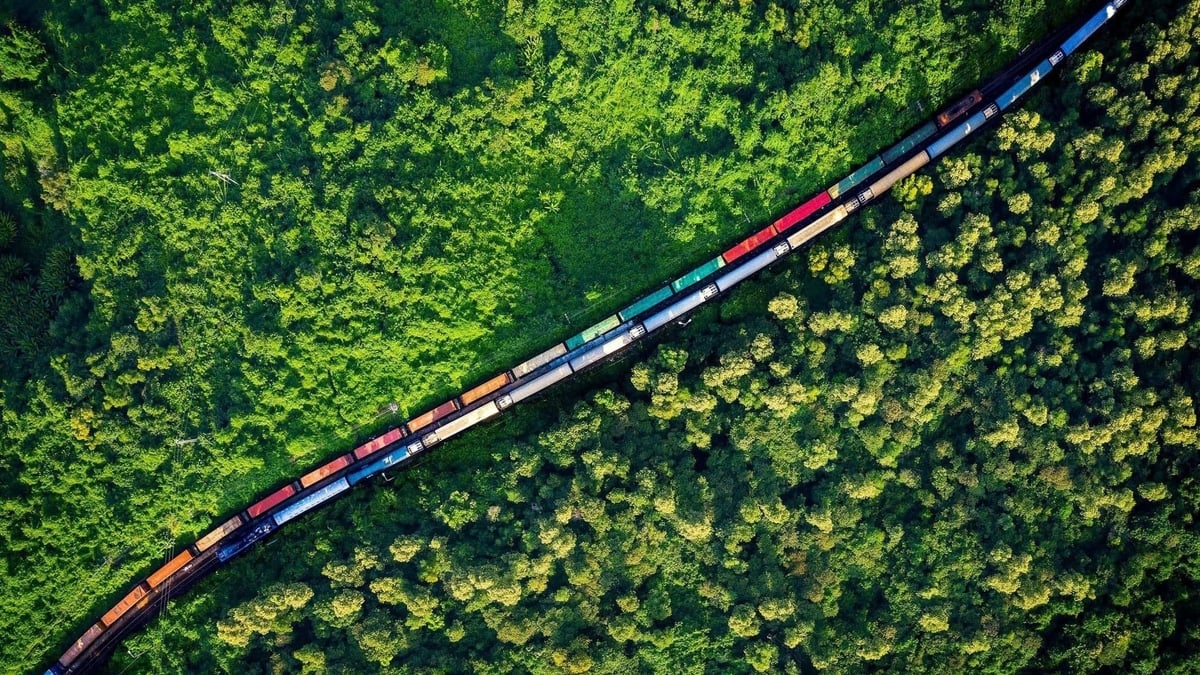
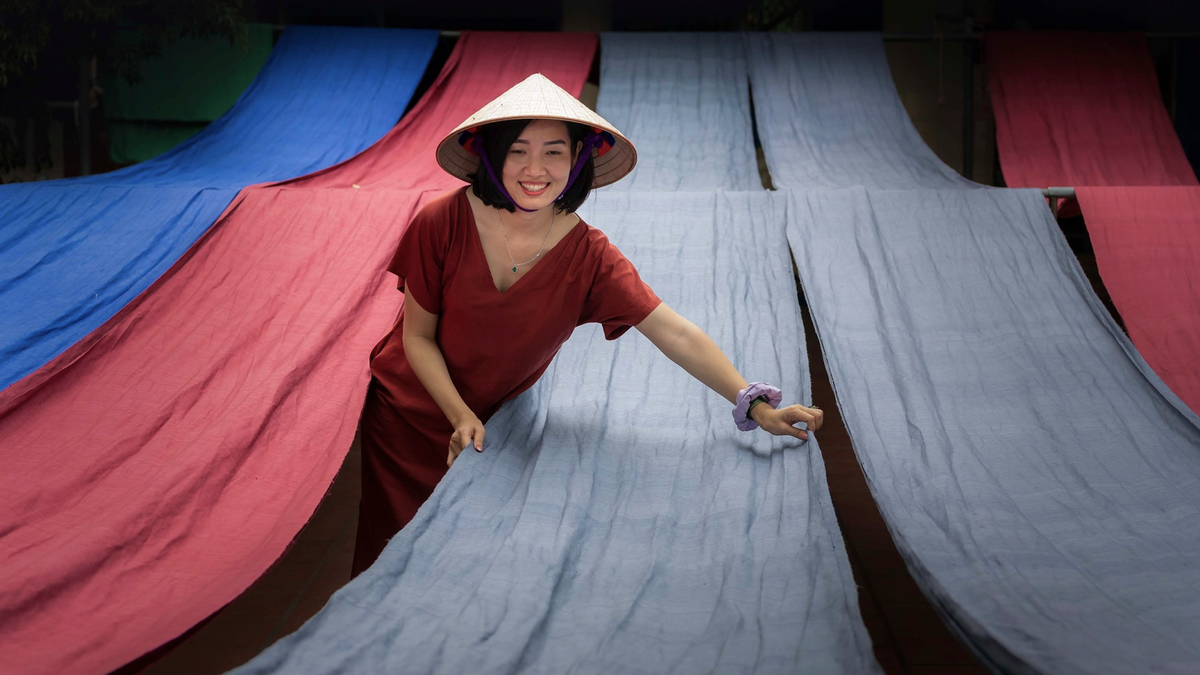
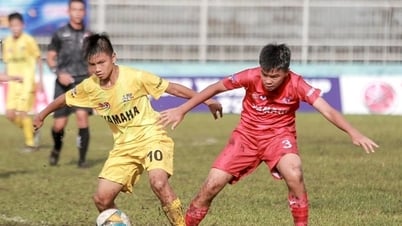

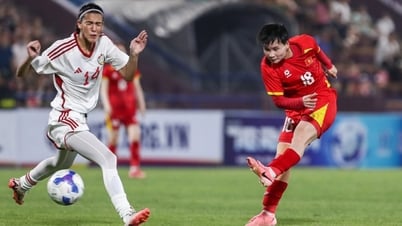

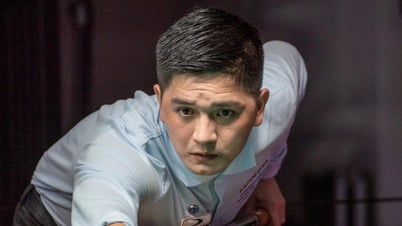

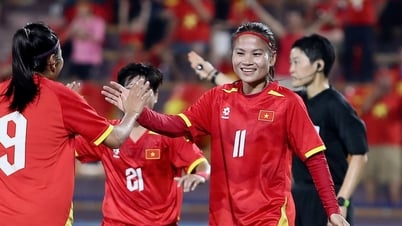

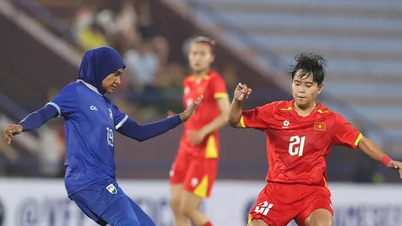


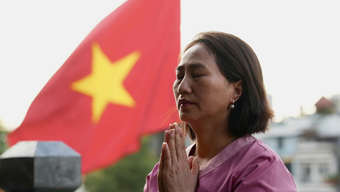

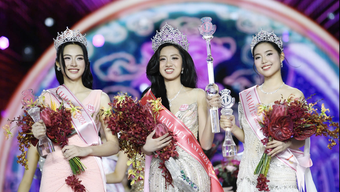
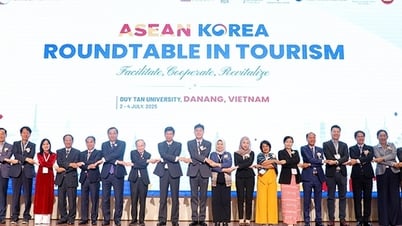
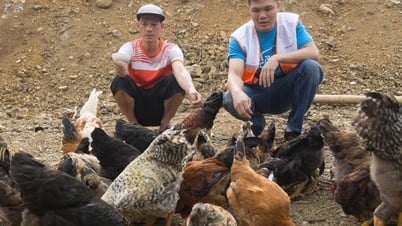
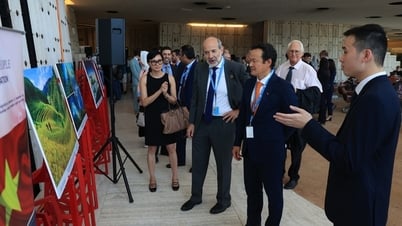
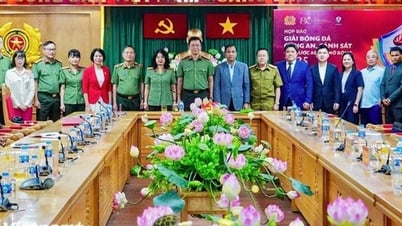

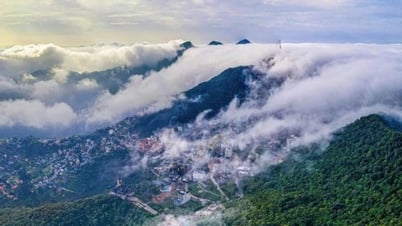

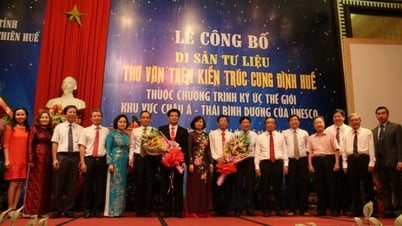
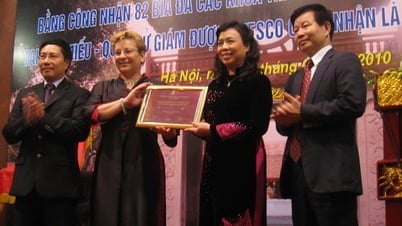

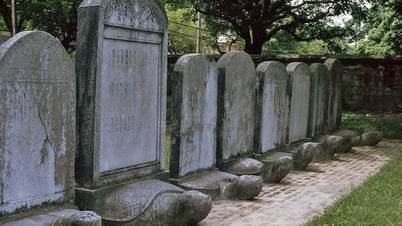
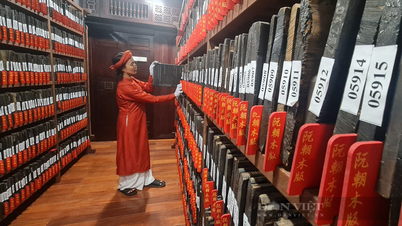


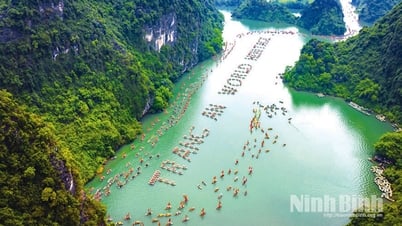

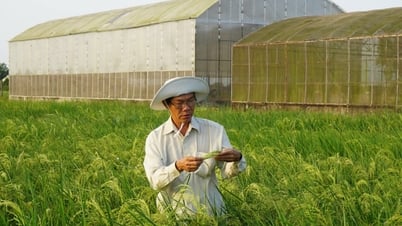

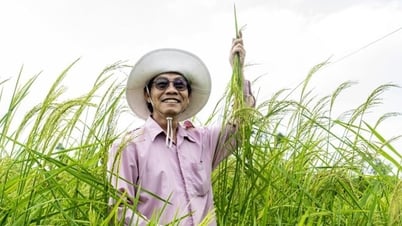

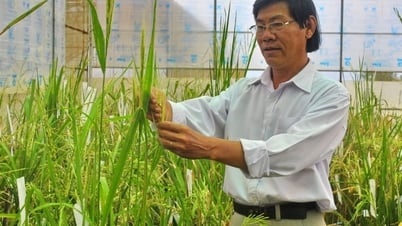
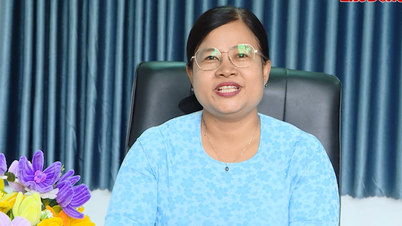
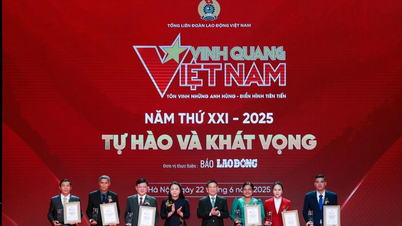

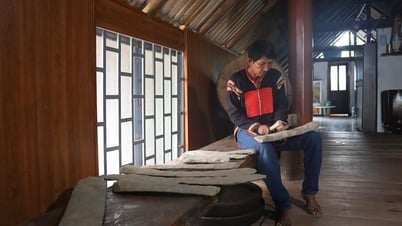

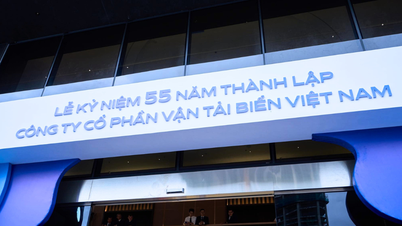

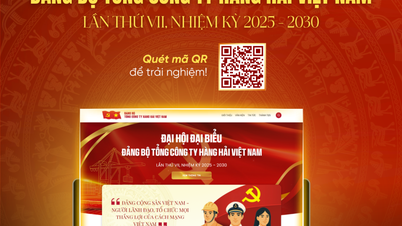
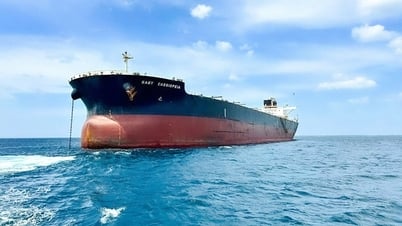
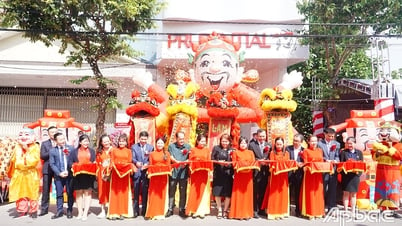



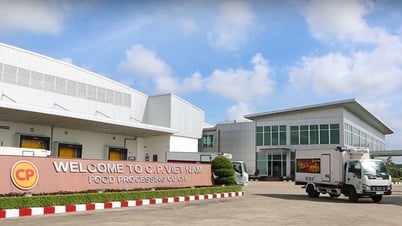

![[Photo] General Secretary To Lam attends the launch of 3 digital platforms serving the implementation of Resolution No. 57-NQ/TW](https://vphoto.vietnam.vn/thumb/402x226/vietnam/resource/IMAGE/2025/7/2/d7fb7a42b2c74ffbb1da1124c24d41d3)


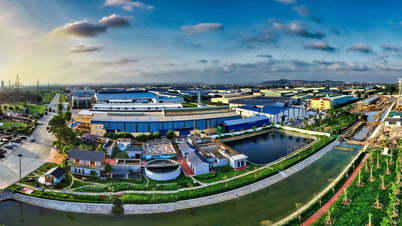

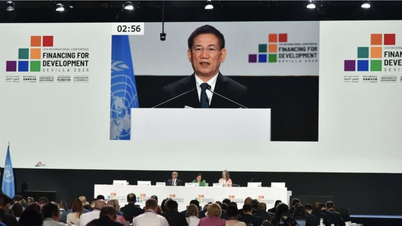

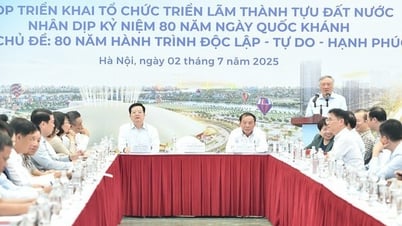
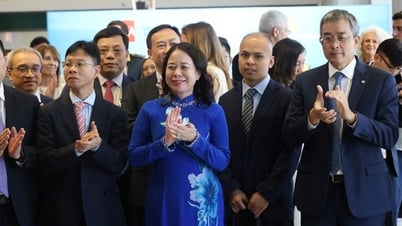


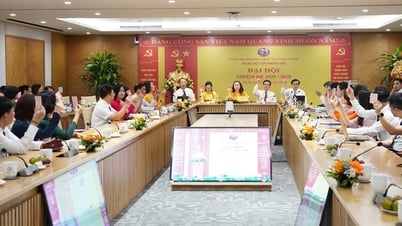
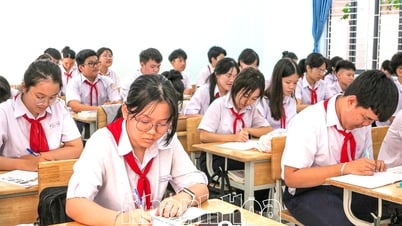

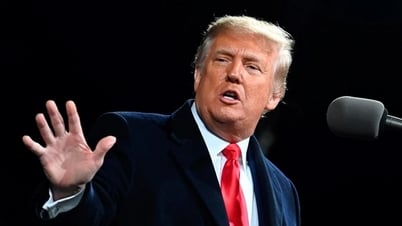

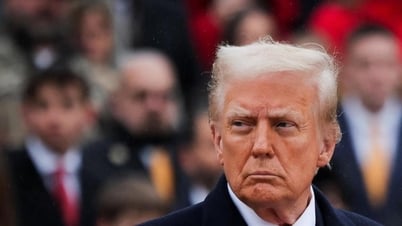



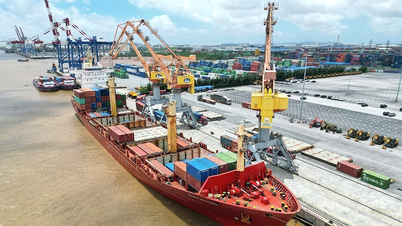
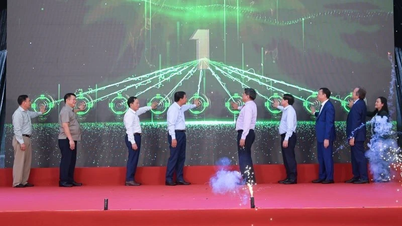
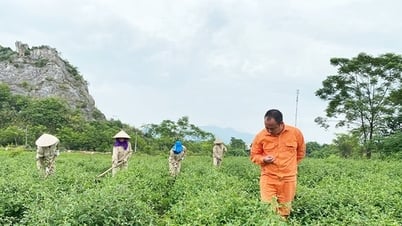

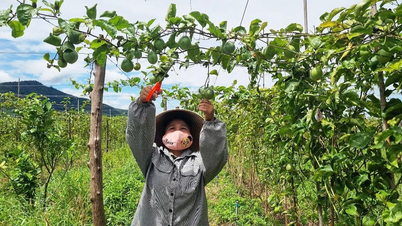







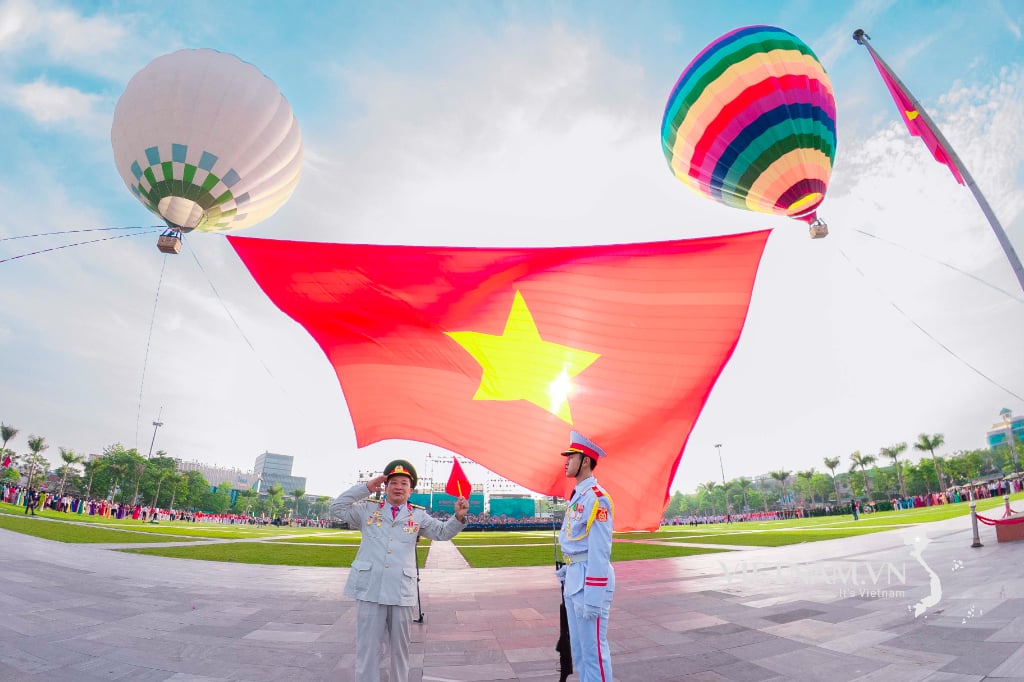

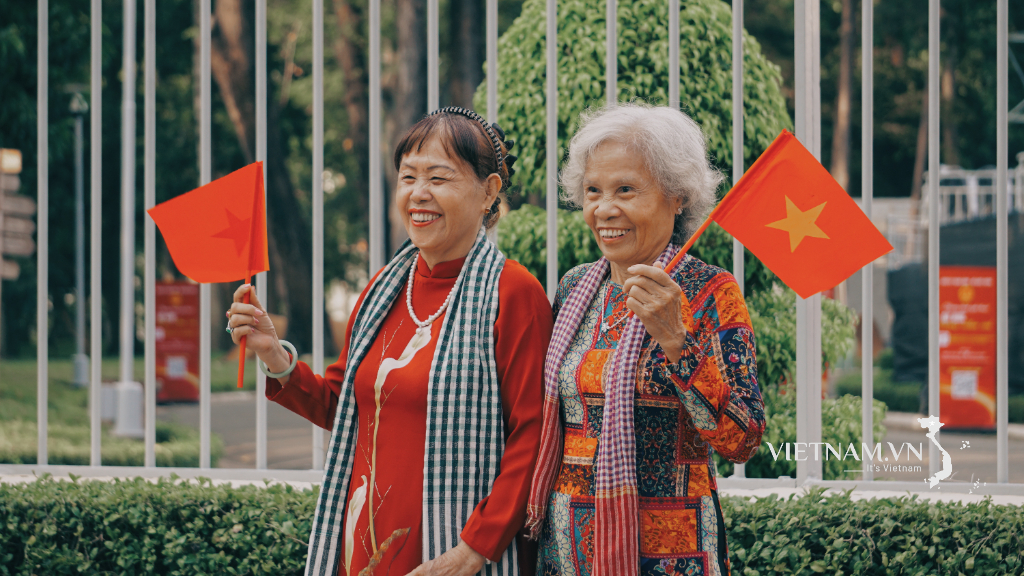
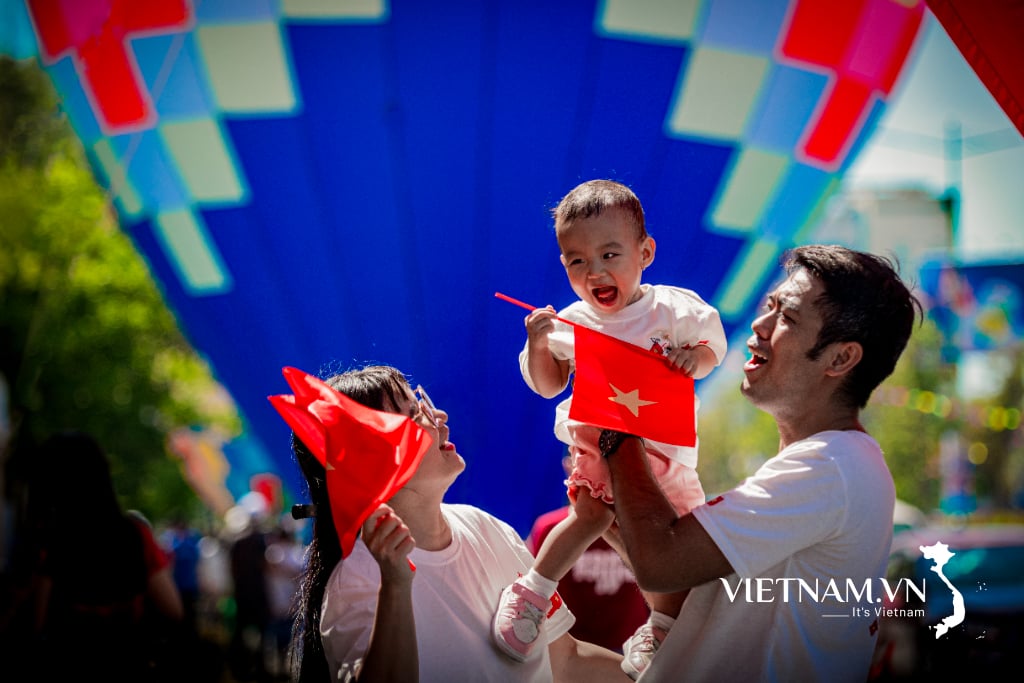
Comment (0)